{I originally wrote this post a few years back….but was feeling the need, personally, to revisit the following tech inventory. Today I sat and considered the social media platforms I use —really just Insta & Facebook — and wrote out the purpose of each for me in this season, and re-established boundaries accordingly. I also completely removed news rom my phone.}
As part of my Masters program, I spent considerable time reading, researching and examining the role of technology in our lives (particularly smart phones, the Internet and social media) and how it forms us. Technology is a gift and points toward humanity’s genius and creativity. But, if we are not intentional in how we orient our lives in relation to technology, it will most assuredly disorient us. Following is a suggested guideline to begin looking honestly at the technology we are using with our phones, and steps to put them in their proper place.
Taking Inventory
No plan will be successful without taking into consideration one’s current reality. We must take inventory of the devices, apps, and social media sites we use, determining their purpose and honestly determining if they help us move towards flourishing. I suggest actually listing out each device, app and social media site that you use (which may take a while!) and then ask the following questions about each: What purpose does it serve in my life, and how does that fit into my goals and priorities? Are there ways it interferes with life in unhelpful or unhealthy ways? We must be willing to get rid of devices, apps and social media sites that do not serve a clear and healthy purpose.
Boundaries
Once we have taken inventory and have determined what technologies are worthy of continuing to utilize, we must set boundaries. I would suggest the following questions to shape boundaries: What amount of time am I willing to set aside for it? How many times in a day or week will I allow myself to interact with it? Do I really need to have notifications turned on? Where will I store my devices at home and when I am on the go? Are there times when I need to turn the phone completely off, or at least on silent? Are there certain rooms in my home, or social situations, where I need to commit to not having a phone?
Solitude & Examen
“Paul Tillich has a beautiful formulation: ‘Language…has created the word ‘loneliness’ to express the pain of being alone. And it has created the word ‘solitude’ to express the glory of being alone.” For many, the temptation to pick up our phones in a moment of boredom is incredibly hard to resist. In many cases we have lost the ability to be alone with our thoughts. Perhaps we are not moving toward our phones but away from something else. Are we hiding from anxiety? Have our phones become an escape, or a way to avoid hard things? And, are we even aware of what these things are? Once we determine boundaries, we will need to implement practices that will help cultivate our ability to be quiet and reflective. I would suggest regular times set aside for examen and solitude. God has made us with the capacity to listen to our lives and to practice discernment, but this has largely remained uncultivated because we so quickly turn to our phones for answers.
Practicing Presence
If we find that our device practices have replaced much of our face-to-face interactions, we will need to intentionally cultivate the practice of presence. Jennie Allen, in her book Restless, encourages readers to make a list of their “places.” Our “places” are those that we frequent on a of consistent basis: our home and neighborhood, work place, faith community, grocery store, coffee shop, park, etc. Where do we have the opportunity to give the gift of presence? Practices may include initiating relationally with our neighbors, practicing hospitality, choosing to look up in line at the store rather than at our phone, and perhaps intentionally choosing the same cashier’s line (even if it is the longest). The idea is to acknowledge that, every day, we show up in physical spaces with real, in-flesh people. We must simply begin to initiate meaningful presence. (I get that in a Pandemic this all feels very different….but I think it is still crucial that we lean into our personal connections/relationships and find ways to creatively cultivate these. Brain science is teaching us that the look on a person’s face and the sound of their voice are really important pieces of building healthy attachment— something that can’t happen with just a text or message)
Sabbath
Along with setting boundaries around the use of our devices, we would also benefit from regular technology Sabbaths. I would suggest asking the following questions: Is there a day each week when I need to completely avoid the use of the Internet, social media and/or my phone? In addition, are there certain apps or social media sites that I would benefit from taking a longer sabbatical from?
